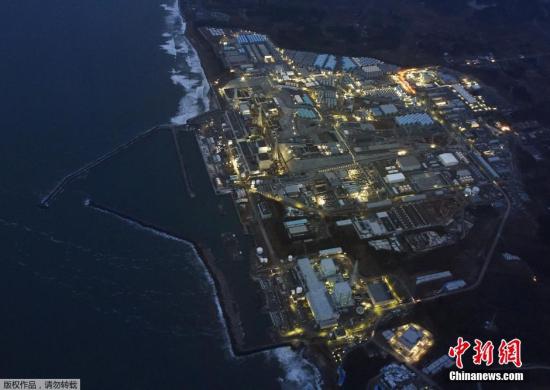November 12th. According to Kyodo News Agency, Japan’s Tohoku Electric Power Company’s Onagawa Nuclear Power Plant Unit 2 (located in Onagawa Town and Ishinomaki City, Miyagi Prefecture), Miyagi Prefecture Governor Murai Yoshihiro said on the afternoon of the 11th that “the nuclear power plant has The excellent stable supply of electricity is also conducive to the development of the regional economy.” It agreed to restart.
According to reports, Murai held a tripartite meeting with the mayor Suda Yoshiaki and the mayor Hiro Kameyama in Ishinomaki City, and then attended the press conference together. The local approval procedures for the restart have been completed, and Tohoku Electric strives to restart after 2022 when the safety measures are expected to be completed.
On March 10, 2016, local time, the day before the 5th anniversary of the “3-11” earthquake, the Fukushima Daiichi Nuclear Power Plant was shut down and lights up at dusk.
Onagawa Nuclear Power Plant is the closest nuclear power plant to the epicenter of the Great East Japan Earthquake. It has suffered earthquakes and tsunamis. The restart of an earthquake-affected nuclear power plant was the first in the country to obtain local consent. In the future, Murai will formally report to Hiroshi Ai Kajiyama and Tohoku Electric Power.
The analysis said that for the Japanese government, which is pushing for the restart of nuclear power plants in order to stabilize the supply of electricity and cope with global warming, the agreement this time will be a good opportunity. However, the distrust of nuclear power is still deep-rooted, and the situation varies from place to place, so the impact on Japan is limited.
At the press conference that day, Murai emphasized: “There are also cautious opinions worrying about safety. This is a difficult decision. We will try to improve the effectiveness of the evacuation plan through training.” Suda said: “Agreement with the governor in soft Both hardware aspects will do a good job in disaster prevention.” Kameyama said: “We respect the opinions of the Ishinomaki City Council (agree to restart).”
Regarding the local consent, the Onagawa Town and Ishinomaki City councils in September and the prefectural council in October successively stated that they allowed the resumption of the situation. At the prefectural city, town and village council meeting held on the 9th of this month, since the majority of opinions “respect the judgment of the local government”, the governor sought to make the judgment entirely based on the conclusion of the tripartite talks.
On March 11, 2011, the “March 11” earthquake occurred in Japan, which triggered a huge tsunami and the Fukushima nuclear disaster, killing tens of thousands of people. Unit 2 of Onagawa Nuclear Power Plant, located in the hardest-hit area of the earthquake, was out of service after the earthquake. After a long period of deliberation, Japan’s Atomic Energy Regulatory Commission determined on February 26, 2020 that Unit 2 of Onagawa Nuclear Power Plant met the restart standard.



